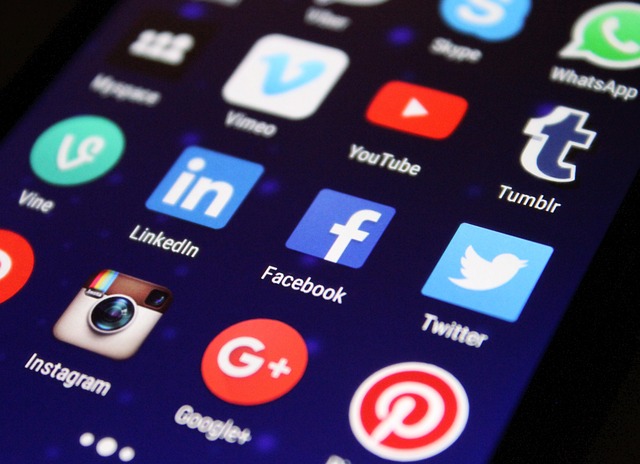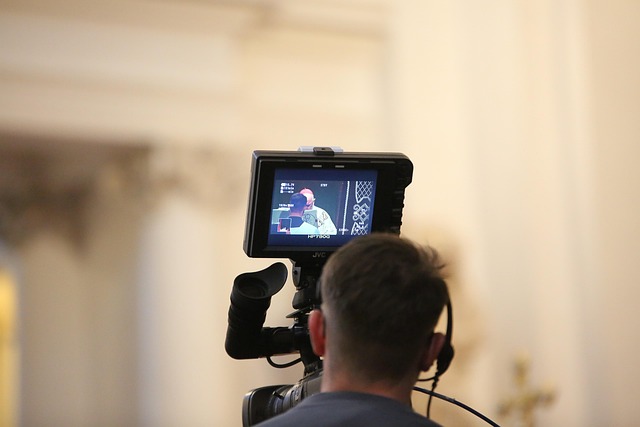
The Impact of Social Media on Workplace Communication: Exploring the Science and Technology Behind Modern Workplace Culture
In today’s digitally-driven world, the integration of social media into workplace communication has drastically transformed the way we interact, collaborate, and foster relationships among colleagues. The impact of these platforms goes beyond mere messaging; it delves into the very fabric of modern workplace culture, reshaping how we perceive hierarchy, feedback, and teamwork.
From the rise of platforms like Slack, Zoom, and even LinkedIn, the boundaries of professional communication have blurred. The science behind this shift lies in our psychological acceptance of informal communication channels. According to various studies, employees report feeling more comfortable expressing their ideas and concerns in less formal environments. This ease facilitates a more open dialogue and nurtures a culture of collaboration where innovation can thrive.
Technologically, social media tools are designed to enhance connectivity, making it easier for teams to share ideas instantaneously and collaboratively. Features like file sharing, chats, and virtual meeting rooms have revolutionized traditional communication methods, allowing for real-time feedback and a rapid exchange of information. This technological advancement not only improves efficiency but also diminishes the physical barriers that once defined corporate hierarchy.
Moreover, the influence of social media on employee engagement cannot be overlooked. Platforms that encourage social interaction among employees foster a sense of belonging and community. Studies indicate that organizations embracing social media as a tool for communication often report higher levels of job satisfaction and morale. Colleagues who engage with one another on social platforms are more likely to collaborate effectively, driving productivity and team cohesion.
However, with these advancements come challenges. The constant influx of information can lead to information overload, making it essential for organizations to navigate these waters carefully. Understanding the science of communication—how messages are perceived and the emotional responses they invoke—becomes crucial in preventing misunderstandings and miscommunications.
Ultimately, the intersection of social media, science, and technology is reimagining workplace culture. As organizations continue to develop and adapt, leveraging these tools can create a more engaged, inclusive, and dynamic workplace. As we embrace the ongoing evolution of communication, it is essential to reflect on how these platforms serve not only our business objectives but also our fundamental human need for connection and collaboration.



